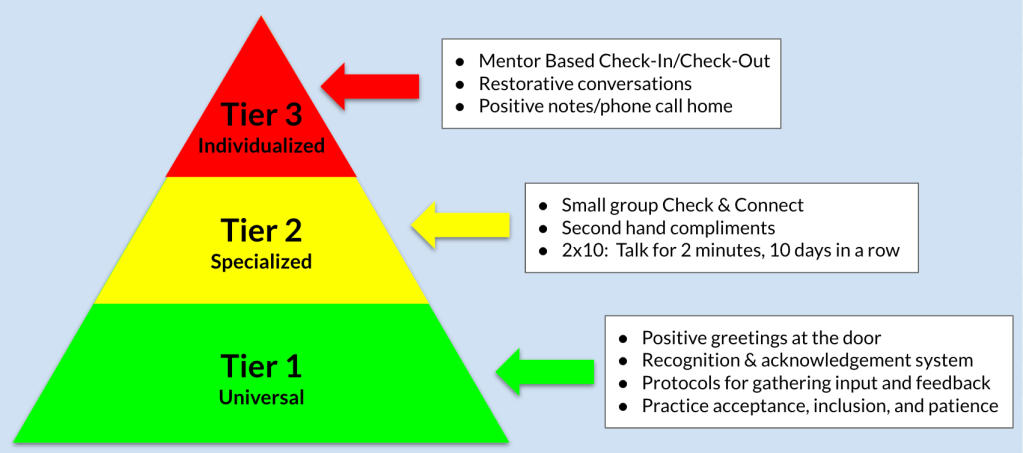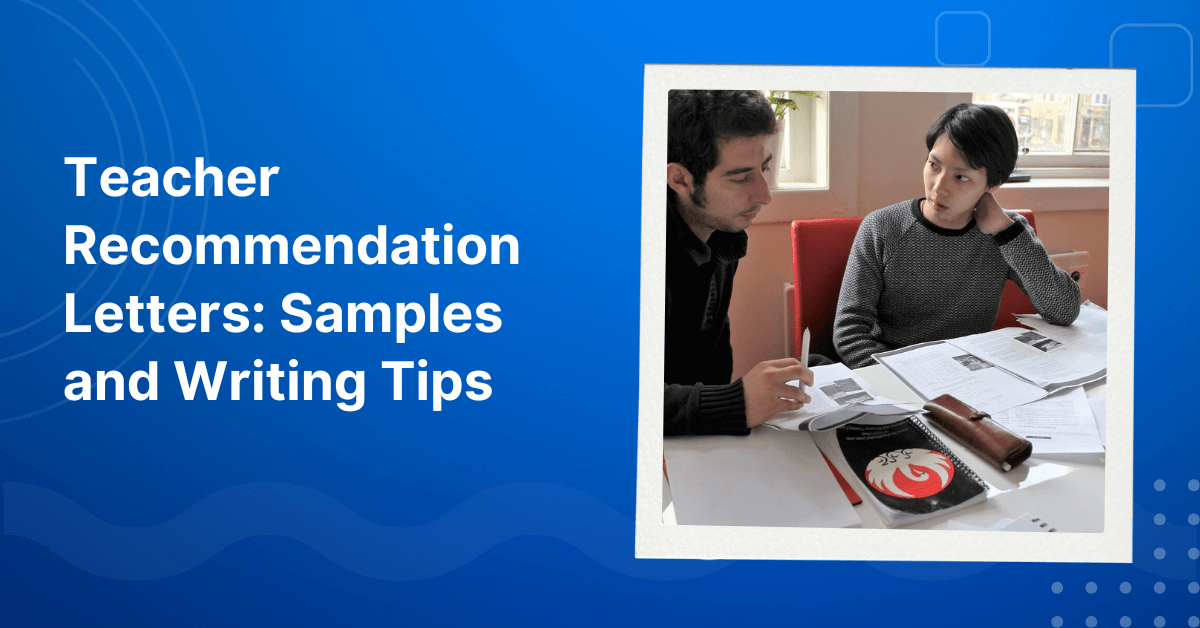In the ever-evolving landscape of education, schools strive to create environments that nurture the potential of every student, providing them with the tools they need to succeed academically and socially. A multi-Tiered System of Support (MTSS) emerges as a beacon of hope, offering a comprehensive and evidence-based framework to address the diverse needs of all learners within a school community. So what is MTSS? In this guide, VTJ will help educators explore MTSS, shedding light on its purpose, benefits, essential components, and guiding principles.
>>>Read more: How to Teach Writing Skills to Students Effectively in 8 Simple Steps
>>>Read more: How to Teach Critical Thinking Skills to Students
What Is MTSS? What Does Mtss Stand For?

What Is MTSS? What Does Mtss Stand For?
MTSS stands for Multi-Tiered System of Supports. It is an evidence-based framework used in education to provide comprehensive support and interventions to students at different levels of need. The goal of MTSS is to ensure that all students receive the necessary assistance and resources to succeed academically, behaviorally, and socially. It involves a tiered approach, with multiple levels of support tailored to individual student needs. MTSS integrates academic, behavioral, and social-emotional support systems within a school setting, aiming to address student needs proactively and holistically. By offering a range of interventions and strategies, MTSS helps educators identify and support struggling students early, promoting positive outcomes and academic achievement for all learners.
>>>Read more: 10+ Strategies of How to Teach Reading Comprehension in the Class
>>>Read more: What is Experiential Learning? How Does It Work?
What Is the Purpose of MTSS?
The purpose of MTSS (Multi-Tiered System of Supports) is to create a comprehensive educational framework. Its primary goal is to ensure that all students receive the necessary support and interventions to succeed academically, behaviorally, and socially. By implementing MTSS, schools and districts can identify students who may be struggling early on and provide timely interventions to prevent further difficulties. This proactive approach focuses on prevention and support rather than waiting for students to fail before offering assistance. Collaboration among educators, administrators, and support staff is a crucial aspect of MTSS, fostering a team approach to meeting the diverse needs of students.
>>>Read more: What Is a Teaching Philosophy Statement? (& Examples)
>>>Read more: Guide on How to Teach Vocabulary Effectively for Teachers
What Are the Benefits of MTSS?
MTSS (Multi-Tiered System of Supports) offers several benefits for students, educators, and schools. Some of the key benefits include:
- Early identification and intervention: MTSS allows for early identification of students who may be struggling academically, behaviorally, or socially. By identifying these students early on, appropriate interventions can be implemented promptly, preventing further difficulties and improving outcomes.
- Personalized support: MTSS allows for personalized interventions based on students’ specific needs. This individualized approach ensures that students receive the targeted support they require to succeed, whether it’s additional instruction, small group interventions, or intensive one-on-one support.
- Improved academic outcomes: by addressing students’ needs proactively and providing targeted interventions, MTSS can lead to improved academic outcomes. Students who receive the necessary support are more likely to make progress, catch up to grade-level expectations, and experience academic success.
- Positive behavior and social-emotional development: MTSS not only focuses on academics but also addresses students’ behavioral and social-emotional needs. By providing appropriate interventions and supports, it helps students develop positive behaviors, social skills, and emotional well-being, creating a positive and inclusive school climate.
- Collaboration and shared responsibility: MTSS promotes collaboration among educators, administrators, support staff, and families. This collaborative approach fosters a shared responsibility for student success, encourages communication and teamwork, and creates a supportive network to address students’ needs comprehensively.
>>>Read more: 5 Types of Teaching Styles (Their Pros & Cons)
>>>Read more: 120+ High and Middle School Debate Topics for Students
MTSS vs RTI
MTSS (Multi-Tiered System of Supports) and RTI (Response to Intervention) are both frameworks used in education to support struggling students, but they differ in their scope and approach. Here are the key differences between MTSS and RTI:
| MTSS | RTI | |
| Scope | a broader and more comprehensive framework that addresses not only academic needs but also behavioral and social-emotional aspects of students’ development. | focuses on academic interventions for students who are struggling in specific areas. It is primarily designed to address academic difficulties and improve student performance in these targeted subjects. |
| Approach | uses a multi-tiered approach, consisting of three tiers.
|
also employs a multi-tiered approach, typically consisting of three tiers similar to MTSS.
|
>>>Read more: Why Students Get Bored & How to Engage Bored Students in the Class
>>>Read more: How To Write a Curriculum in 8 Steps: A Complete Guide
What Are the Essential Components of MTSS?
MTSS (Multi-Tiered System of Supports) consists of several essential components that work together to create a comprehensive framework for supporting students’ academic, behavioral, and social-emotional needs. The key components of MTSS include:
- Comprehensive Screening: this involves the use of assessments or screenings to identify students who may be at risk or in need of additional support. Screening helps identify students who may require interventions beyond the core instruction provided to all students.
- Tiered Levels of Support: MTSS operates on a tiered system that provides different levels of support based on students’ needs. Tier 1 is provided to all students in the general education setting. Tier 2 offers targeted interventions to students who require additional support. Tier 3 provides intensive, individualized interventions for students with significant challenges.
- Progress Monitoring: regular progress monitoring is a crucial component of MTSS. It involves the use of assessments and data collection to track students’ progress over time. Progress monitoring helps educators determine the effectiveness of interventions, make data-informed decisions, and adjust instructional strategies as needed.
- Data-Based Decision-Making: MTSS relies on data collection, analysis, and interpretation to inform decision-making. This includes using various types of data, such as academic assessments, behavior observations, and social-emotional screenings, to identify students’ needs, monitor progress, and make informed decisions about interventions and supports.
>>>Read more: 21+ Best Classroom Management Books for Teachers
>>>Read more: Why do you want to be a Teacher? 15+ Example Answers
What Does an MTSS Framework Look Like?
MTSS is organized into multiple tiers of support, each addressing different levels of student needs. The three tiers commonly found in an MTSS framework are:
- Tier 1 (Universal Supports): This tier includes high-quality instruction and interventions provided to all students in the general education setting. It focuses on preventing academic and behavioral difficulties through evidence-based practices and differentiated instruction.
- Tier 2 (Strategic Supports): Students who require additional support beyond the universal level are provided with targeted interventions. These interventions are more intensive and specific to the student’s needs. They may involve small group instruction, additional practice, or specialized programs.
- Tier 3 (Intensive Supports): Students who continue to struggle despite receiving Tier 1 and Tier 2 interventions are provided with intensive, individualized interventions. These interventions are highly personalized and may involve one-on-one instruction, specialized assessments, and more frequent progress monitoring.
>>>Read more: 22+ SMART Teacher Goals Examples in 2023
>>>Read more: 4 Types of Learning Styles: How to Use VARK Model in Teaching
What Are the Guiding Principles of MTSS?
At the heart of MTSS are equity and inclusivity, emphasizing that every student deserves the opportunity to thrive and reach their full potential. Collaboration among educators, administrators, support staff, and families is another key principle, recognizing that collective efforts lead to more effective support systems. MTSS prioritizes data-driven decision-making, using continuous assessment and progress monitoring to inform interventions and ensure their success. Additionally, the principle of evidence-based practices ensures that interventions are rooted in research and have a proven track record of effectiveness. Finally, MTSS upholds the value of early intervention and prevention, seeking to address challenges proactively and reduce barriers to learning. By adhering to these guiding principles, MTSS creates a positive and nurturing learning environment, helping students to achieve academic, and social-emotional success.
>>>Read more: How To Write a Lesson Plan in 6 Steps: The Complete Guide
>>>Read more: 20+ Effective Classroom Management Strategies and Techniques
>>>Read more: Practical Tips to Deal with Negative Teacher
Hopefully the article on VTJ has answered the question “What Is MTSS?”. By embracing these guiding principles, MTSS continues to shape the landscape of education, fostering a culture of support, collaboration. With equity, inclusivity, evidence-based practices, and intervention at its core, MTSS stands as a beacon of hope, encouraging that no student is left behind and that all students have the opportunity to flourish.
Are you facing difficulties in finding and securing teaching positions in Vietnam? Are visa procedures causing you trouble? Feeling overwhelmed and directionless upon your arrival in Vietnam for teaching assignments? Don’t worry, VTJ’s English Teaching Placement in Vietnam (EPIV) Program 2024 provides comprehensive support to solve ALL the matters.
👉👉👉 Click HERE to request free consultation




